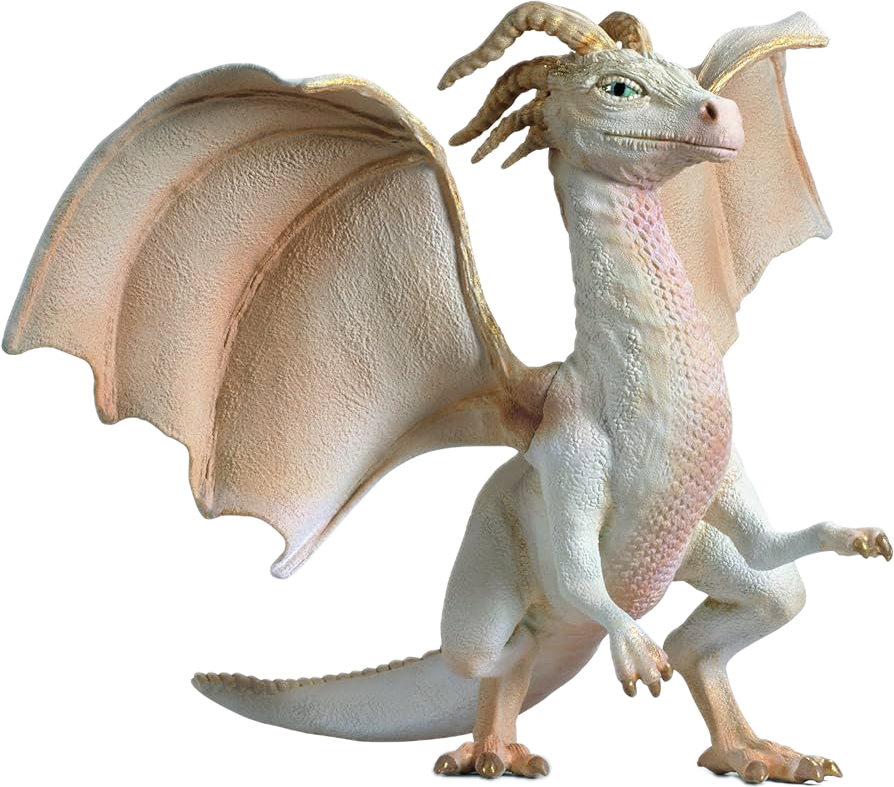The Hidden World
While dragons are often perceived to have an ambiguous gender, this is not always the case. This gets especially clear when looking at toys or children movies. Many popular dragons, such as the ones that have been addressed in previous articles
have certain traits that could be attributed to either the male or female gender. While no gender is mentioned for Smaug from The Hobbit he is voiced by a male actor and presented as a dark ominous strong character. The dragon from DreamWorks animation film Shrek (2001) is presented as female. Her more feminine personality is conveyed by the red lipstick and eyeshadow she is wearing. Her personality is mostly constructed by her role as a wife and mother. The portayal of gender in dragons can also be found in other examples. In Schleich the dragons have different colours to portay different genders, which is common in other media as well. A first example of this is the How to Train your Dragon franchise. The third movie in this series introduces a female counterpart to the main dragon Toothless, which looks the exact same except that it is white instead of black (How to Train Your Dragon: The Hidden World, 2019). Something similar can be seen when looking at certain Schleich dragons, a male dragon named Antylar can be seen depicted as a strong looking black dragon that looks very intimidating. The female dragon Faraun once again has a white colour, while looking more elegant. Similar to the dragon in Shrek she is also presented as a mother figure. Further, the female dragons from Schleich, Shrek, and How to Train Your Dragon all have in common that they function as counterpart to a male character. These stereotypical colours and character representation reinforce heteronormative gender norms through stereotypes. Dragons are not the only toys that use colours this way. A similar use of colour with toys can be seen from Lego, which used very feminine colours such as pink, purple and white to market to girls (Hains & Shewmaker, 2019).

